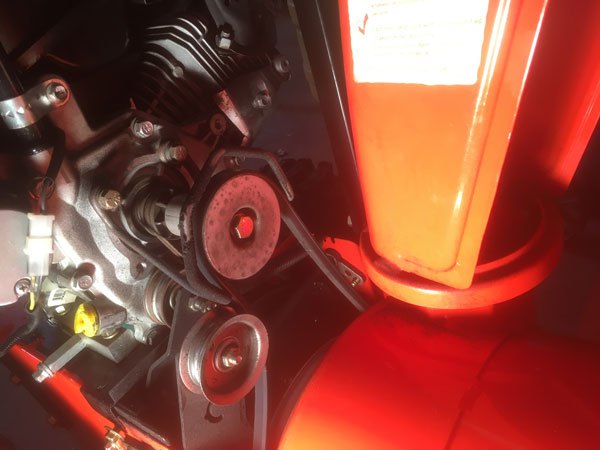AMSOIL UPPER CYLINDER LUBRICANT: I use it and it works! Now on the market for about a year: AMSOIL Upper Cylinder Lubricant (UCL) is the latest addition to the gasoline additive lineup. It delivers more lubricity than the competition and battles ethanol-related corrosion. Fuel Additive Product Overview Upper cylinders are one of the toughest areas […]
You are browsing archives for
Tag: gasoline
DEEP CLEAN: P.I. GASOLINE ADDITIVE – Mor
Deep Clean: P.I. PERFORMANCE IMPROVER GASOLINE ADDITIVE P.i. Performance Improver Gasoline Additive (API) now features a new label, formula and capless- compatible bottle. The popular deep-cleaning gasoline additive continues to restore your engine’s power and performance and increase fuel economy. Maximum Fuel Economy AMSOIL P.i. (Performance Improver) is a potent gasoline performance improver featuring concentrated […]
Steps To Maintain Your Snowblower – Thin
Never Overlook This When Maintaining Your Snowblower John Baker|Nov 06, 2018 10:01 AM Thanksgiving day, 2016. While my family was gathered in my dining room, imbibing spirits and making merry, I was in the shed disassembling the carburetor on my snowblower, reeking of petroleum as rivers of gasoline flowed under my jacket cuffs and saturated […]
Help Revive a Lawn Mower (and other equi...
Help Revive a Lawn Mower (and other equipment) that Runs Rough John Baker|Feb 15, 2018 9:21 AM Judging someone’s character can be boiled down to this key question: do they love going to the dump? An affirmative answer indicates a visionary – one who sees a fashionably distressed dining set where others see a worn […]



